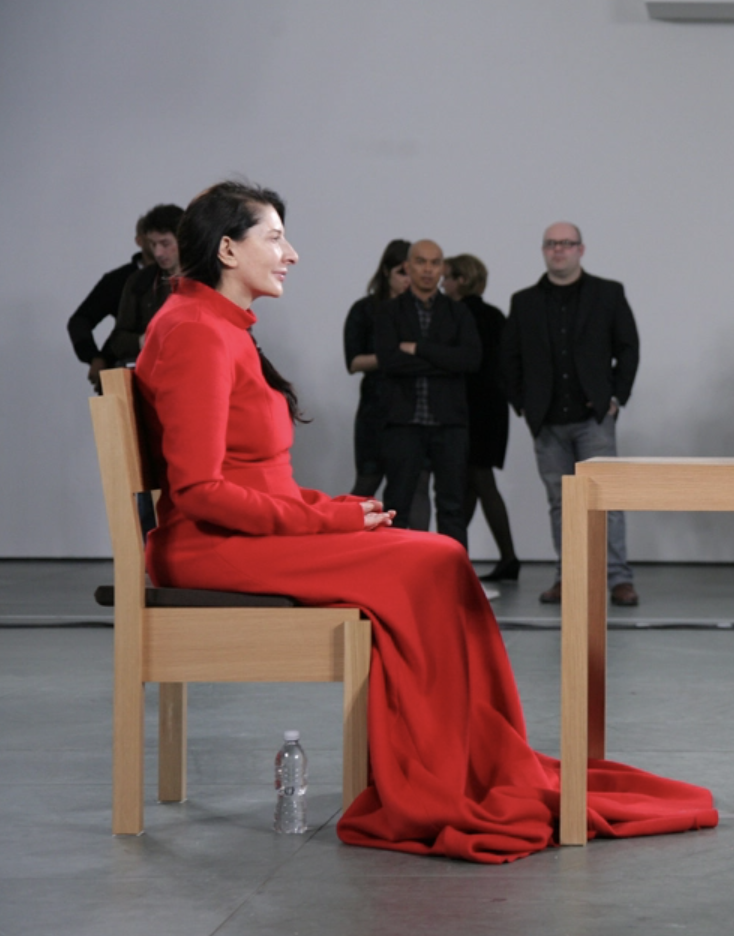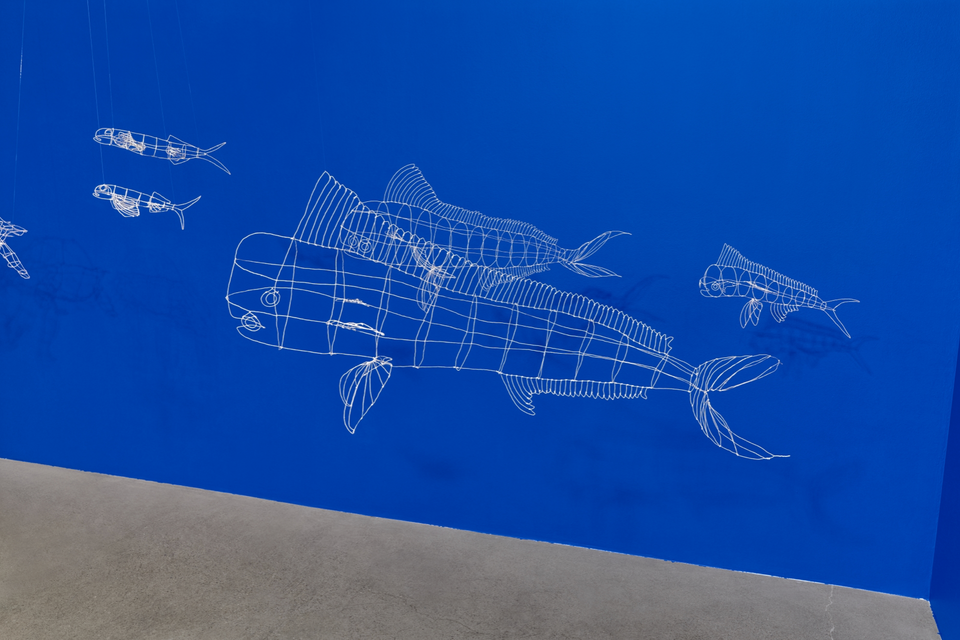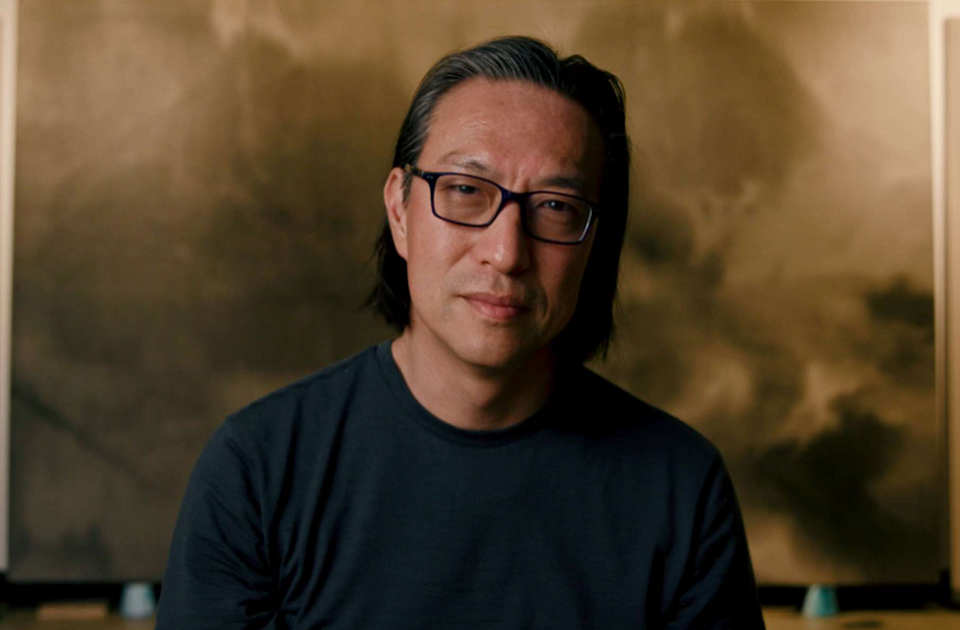I did not inherit my affection for found objects from my parents. The home I grew up in was a veritable showcase for All Things New. My parents bought their dishes new, furniture new, clothing new. We never took family outings to go “garage sailing” on Saturday mornings like my friend Heather’s family did, and when clothes wore out, we only ever “dropped off” at the Goodwill – we never shopped there.
‚Ä¢ Read about the history of “found art” and “junk art”.
‚Ä¢ FOUND magazine is full of “found stuff: love letters, birthday cards, kids’ homework, to-do lists, ticket stubs, poetry on napkins, doodles – anything that gives a glimpse into someone else’s life.”
But somehow, somewhere along the way, I became a lover of other peoples’ castoffs, and in fact, I actually developed a disdain for many things new. I much prefer used books – it seems to me such a waste to buy them new. And I feel that way about a great many other things. In a day of consumerism on steroids, I am drawn more and more to appreciating the old. The used. The discarded.
It probably started with a neighbor whose daughter was a few years older than me. About twice a year, she would call my mom and ask if I would be interested in looking through a bag of her old clothes. Neither of my parents looked too excited about it, but I was like a kid at Christmas. We would drive up to her house, load up large garbage bags full of brand-name clothes that you couldn’t find at Hill’s Department Store and then haul them in to the living room, where I would spend the rest of the evening going through them, squealing with delight when a sweater I had wanted last season from Esprit or jeans from The Limited would pop up. Even now, I can remember the exhilarating feeling of all of those free, brand-name clothes.
Yes, those garbage bags of clothes awakened something in me, and when I discovered Saturday morning garage sales in my neighborhood, the addiction began to grow. Some of my favorite childhood finds were a Cabbage Patch Doll for a dollar, a rabbit fur coat for five, and a middle school letter jacket that was eventually adorned with the pins I earned for lettering in volleyball, track and field, cheerleading, and band.
So the garbage bags and garage sales were where it started, but I think it was really my friend Heather’s influence that took it to the next level. Her family lived in a small house surrounded by land that had been in her family’s possession for generations. When I stayed over at Heather’s house, we would trudge through the woods, studying the gravestones in the family cemetery plot, telling ghost stories and running, squealing, back to her yard. It was Heather who taught me how to test an electric fence – always with the back of your finger, not the inside part, because if it does happen to be charged, your finger can’t bend involuntarily backwards. And it was Heather to taught me that, unless you’ve grown up with them and they know you really well, you will never successfully pet an un-tethered cow.
But even with all of the adventures we had outside, one of my favorite things about playing with Heather was that her house was full of found objects, including used books she had gotten at a church basement sale, notebooks that we would journal in and write stories, and clothes – oh, the clothes – from some yard sale they had gone to. Some people would call it junk, but to me, it was a world of discovery. Certain memories have grown fuzzy through the years, but I remember playing with costume jewelry that probably belonged to some octogenarian who had sung in the sanctuary choir her whole life before dying and leaving the contents of her closet to her church, and an easy-bake oven that had the price written on it in magic marker, a sure sign that it had come from a garage sale.
Heather was my only home schooled friend, and when I imagined her life, I expected that her days were filled with fun adventures to flea markets and thrift stores and church basements filled with long tables laden with junk, and that she got to just sit around reading all the great books she had bought for ten cents a piece. I loved playing at Heather’s house.
When I grew up, I worked for a year at Virginia Commonwealth University in Richmond, and it was there that I met another found objects aficionado, Linda Rae. Linda Rae was a grants administrator, and her office was the cleanest I had ever seen. She was fastidious about being on time, starting on time, working her full day, ending on time, and leaving on time (4:45 p.m.) Each day, Linda Rae would wipe down her desk and keyboard with alcohol swabs, leaving nary a scrap of paper or wayward manila folder on her desk. Everything had its place, and when she locked her office door at a quarter to five (on the nose), the doctors down the hall could have performed surgery on her desk. Having started years ago in an entry-level secretarial position, Linda Rae had worked hard, earned the respect of her peers and superiors, and had risen in the ranks to a good, secure position in the university.
But really, Linda Rae was an artist. Every weekend, she took to the back roads of Virginia in her compact SUV, newspaper in hand, scouting out flea markets, estate sales, and garage sales. On Monday, we would chat briefly at the coffee pot on our floor, and she would tell me about her excursions and exciting finds. As our friendship developed, she invited me over for dinner at her condo, which was every bit as clean and tidy as her office, and I was elated to discover that it was beautifully, masterfully decorated nearly exclusively with found objects.
A beautiful arrangement of antique hats hung along one wall, accented with picture frames containing black and white photos of her family. “Honey,” she’d say in her strong southern drawl, “I paid twenty-five cent for that entire stack. The frames were all dinged up, so they gave those to me for free. But I just took some pretty buttons I picked up a while ago and glued ’em on, and now those picture frames are as good as new!” Better than new, I would argue, marveling at the creativity before me. Linda Rae wielded a glue gun like Michelangelo wielded a chisel, and her handiwork always left me with a sense of admiration. A stack of old hat boxes in a corner provided a perfect stand for a small lamp that was probably older than she was, “but, Honey, with a little polish, that brass is shiny and bright!”
I knew the first time I visited her home that I had found in Linda Rae another soulmate. She took the art of found objects to a new level, and to this day remains the finest example of a thrifty (but not cheap), classy lady with great taste.

I thought I had found the apex of found object appreciation, until I discovered that there was even more. It wasn’t until I was in my thirties that I discovered actual artists whose media was found objects. There are many I could mention, but one of the first I came to know was Barry Krammes, whose was featured on the cover of an issue of Image Journal last year. One of his pieces, entitled “Of Calamities,” is constructed of old, dinged up bits and pieces that, when fused together, form a scene of . . . well, a calamity.
Starting with an old, mangled, rusted out toy carousel, Krammes placed among the displaced horses and wheels unrelated miniatures of people and what appear to be circus animals and other small things I can’t quite even make out. The fence encircling it is likewise mutilated and bent, and altogether the sculpture gives the appearance of what it might be like to ride a carousel during an acid trip. Or, perhaps more innocently, what a carousel might look like after being relocated by a tornado.
I love it.
I love seeing someone take a bunch of unrelated junk – in this case, old, worn out toys that could have come from a garbage dump – and assembling them in a way that tells a story – in this case, a story “Of Calamities.” There is something so wonderfully redemptive about what was once trash becoming, now, a treasure, simply by way of its context and placement.
I wonder how much of life is like that. How many things do I see as trash, simply because of context? How many things do I treasure, simply because of the company it keeps?
Sitting in my living room, I look around and see a painting I found on the street in Brooklyn, lying atop a pile of black garbage bags. It was someone’s trash.
But now it hangs on my wall, adding color to my home and beauty to my soul.
And I treasure it.



